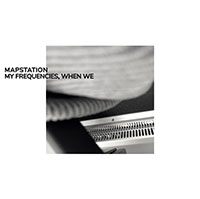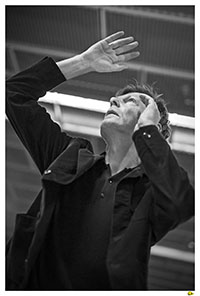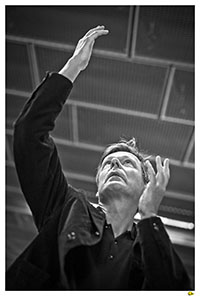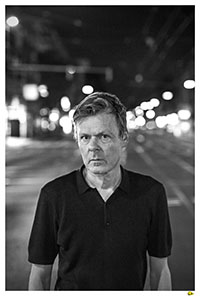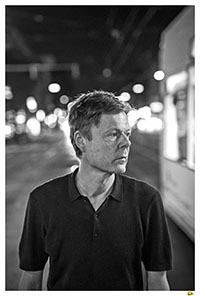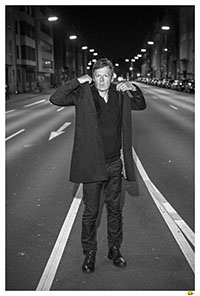Mapstation
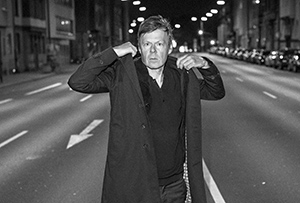
The title stumbles along, much like the rhythms gathered here. "My Frequencies, When We" is the eighth Mapstation album Stefan Schneider has released since 2000. Hailing from Düsseldorf, the electronic music artist and producer finds inspiration in African and South American folklore, dub and, naturally, Krautrock, taking his time to process his responses in a consistently thoughtful manner, never resorting to cliché. He has also found time to pursue other projects in recent years, one with Electronic Music pioneer Hans-Joachim Roedelius for example (2011), another with visual artist Katharina Grosse (2017), whilst continuing to release interesting music from a variety of musical spheres on his own Tal label.
Recorded between March and August of 2020 in Corona-induced isolation, there is a sonic homogeneity to "My Frequencies, When We". For the first time in years, guest musicians are conspicuous by their absence. Schneider himself assumes vocal duties on The City In. He has also pared down his equipment list: an analog tape loop device, Roland 808 drum machine, Novation Peak synthesizer, a guitar. Schneider thus sticks to the philosophy he revealed to an interviewer this summer: "Simplification of the means is something I strive for. I have come to realise that my music loses intensity when I add in too many elements. Stripping down the pieces in play always increases the impact and I have to keep this in mind whenever I'm working."
"Intensity" does not necessarily translate into "danceability". Yes, there are hypnotic African grooves on Flute Channels and the ingeniously rhythmic, imaginary world music of Taro Zing Ta has much in common with Jon Hassell, Marja Ahti or DJ Residue, but these do not reflect the full spectrum.
For the most part, the rhythms are as rudimentary as those found in folklore, tottering and stumbling along. There are gentle reminders of kraut-elektronik (Conrad Schnitzler, Cluster, Neu!) and discrete reconfigurations, with the aural current of the Rhineland flowing nearby. Outside Arendt presents two parallel worlds in which synth melodies and crude beats are destined ne'er to meet; the same is true of the musical box frequencies and basic rhythm of Train Of Gerda or the poetic juxtaposition of idyll and concrete on Actual Possible: each instrument goes at its own pace, Midi connections do not lead to synthesis. This is music for the digital diaspora, mystical, sweeping frequencies, performed reductively. In its finest moments (My Mother Sailor, Antistasis) Mapstation succeeds in crafting minimal-kraut-elektronik which runs as deep as it floats on high. Electronic house music one might say, at once homely and strange.
Olaf Karnik
Read the info sheet (PDF) in German
Download the info sheet (PDF): English
Download press kit here
